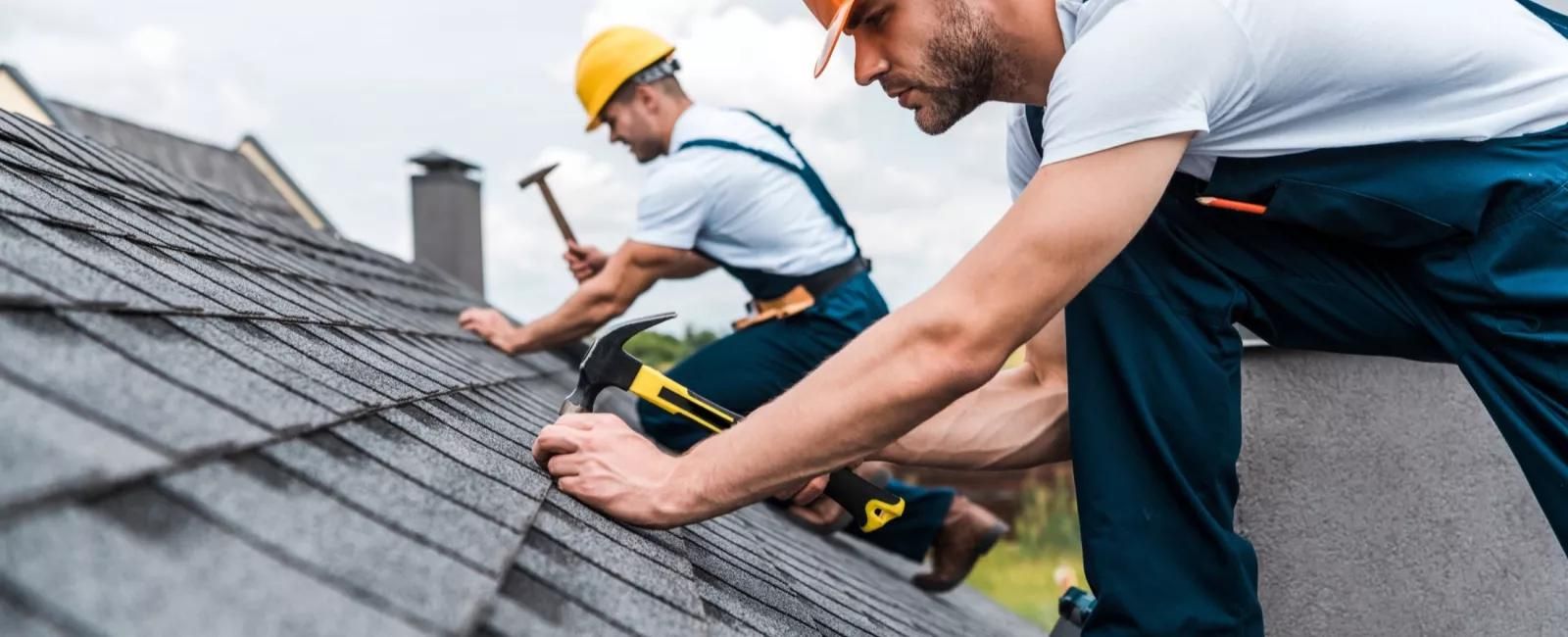

Articles
How To Get A New Roof For Free
Modified: January 9, 2024
Learn how to get a new roof for free with our informative articles. Discover tips and tricks to save money and find grants for roof replacement.
(Many of the links in this article redirect to a specific reviewed product. Your purchase of these products through affiliate links helps to generate commission for Storables.com, at no extra cost. Learn more)
Introduction
Having a roof over your head is a basic necessity, but roof repairs or replacements can be costly. Fortunately, there are multiple options available that can help you get a new roof for free or at a significantly reduced cost. In this article, we will explore various avenues you can pursue to obtain a new roof without breaking the bank.
Before diving into the different options, it’s important to note that eligibility criteria and availability may vary depending on your location, income level, and specific circumstances. It’s crucial to thoroughly research and understand the requirements of each option to determine which one is most suitable for your situation.
Now, let’s explore ten potential avenues to help you get a new roof for free or at a reduced cost.
Key Takeaways:
- There are numerous options available to help you obtain a new roof for free or at a reduced cost, including insurance claims, government assistance programs, non-profit organizations, and community fundraising. Each avenue has its own eligibility criteria and application processes, so thorough research and proactive engagement are essential to maximize your chances of success.
- Leveraging resources such as contractor financing, energy efficiency programs, manufacturer warranties, military or veteran benefits, homeowner’s associations, and natural disaster relief agencies can provide valuable financial support for obtaining a new roof. It’s important to explore multiple avenues and seek advice from professionals to make informed decisions tailored to your specific circumstances.
Read more: How To Get A New Roof From Insurance
Option 1: Insurance Claims
If your roof has been damaged due to a covered event such as a storm, fire, or vandalism, you may be able to file an insurance claim to get a new roof. Start by reviewing your insurance policy to understand the coverage for roof repairs or replacements. Document the damage with photographs and videos as evidence to support your claim.
Contact your insurance provider as soon as possible to report the damage and initiate the claims process. An adjuster will assess the damage and determine the amount of coverage provided by your policy. If the damage is deemed significant and beyond repair, your insurance policy may cover the cost of a new roof installation.
It’s important to note that insurance claims are subject to deductibles, which are the out-of-pocket expenses you must pay before your insurance coverage kicks in. Review your policy to understand the deductible amount and budget accordingly.
Additionally, some insurance policies may only cover a portion of the roof replacement cost based on the age and condition of your current roof. However, if you have upgraded your policy to include replacement cost coverage, your insurance company may reimburse you for the full cost of a new roof, minus the deductible.
Remember to review your policy regularly and consider making any necessary adjustments to ensure adequate coverage for your roof. Consult with a licensed insurance agent or adjuster to fully understand your policy and maximize your chances of securing a new roof through an insurance claim.
Option 2: Government Assistance Programs
The government offers various assistance programs aimed at helping homeowners with essential repairs, including roof replacements. These programs are typically designed to assist low-income families, elderly individuals, or those facing financial hardships.
Start by researching government agencies at the federal, state, and local levels that provide financial assistance for home repairs. Many programs are administered through the Department of Housing and Urban Development (HUD) or the Department of Agriculture (USDA).
The most well-known government assistance program for home repairs is the Section 504 Home Repair program, administered by the Rural Housing Service of the USDA. This program provides loans or grants to low-income homeowners aged 62 and older to repair or improve their homes, including roof replacements.
Other assistance programs may be available through your state or local government agencies. These programs may offer grants, loans, or a combination of both to assist homeowners in need. Check with your local housing authority or community development department to inquire about available programs.
Eligibility requirements and application processes can vary between programs, so it’s essential to carefully review the qualifications and submit all necessary documentation. Some programs may require income verification, home inspections, and compliance with certain standards and guidelines.
Keep in mind that government assistance programs often have limited funding, and there may be a waiting list or priority given to applicants with the greatest need. It’s important to apply as early as possible and be prepared for potential delays in securing assistance.
When applying for government assistance programs, be prepared to provide detailed information about your financial situation, property ownership, and the need for a new roof. Additionally, be proactive in gathering any required documents or certifications to expedite the application process.
Overall, government assistance programs can be a valuable resource for homeowners in need of a new roof but facing financial constraints. Researching and applying for these programs can help alleviate the financial burden and make acquiring a new roof more affordable.
Option 3: Non-profit Organizations
Non-profit organizations can be a significant source of assistance when it comes to obtaining a new roof for free or at a reduced cost. Many non-profit organizations focus on providing housing-related support to individuals and families in need.
Start by researching local or national non-profit organizations specializing in home repairs or housing assistance. Some well-known organizations include Habitat for Humanity, Rebuilding Together, and Community Action Agencies.
Habitat for Humanity is an international non-profit organization that builds and repairs homes for low-income families. They often work in partnership with volunteers and provide affordable financing options for qualified homeowners.
Rebuilding Together is another non-profit organization dedicated to repairing homes for low-income individuals, including roof replacements. They rely on volunteers and donations to provide necessary repairs and improvements to eligible homeowners.
Community Action Agencies (CAA) are local organizations that focus on improving the quality of life for low-income individuals and families in their communities. CAAs may offer housing assistance programs that can help with roof repairs or replacements.
When reaching out to non-profit organizations, be prepared to provide information about your income, housing situation, and the specific need for a new roof. Each organization may have different eligibility criteria and application processes, so make sure to carefully review their requirements and follow the guidelines for applying.
It’s worth mentioning that non-profit organizations often have limited resources and may prioritize applicants based on factors such as income level, family size, and the urgency of the need. Be prepared for the possibility of being placed on a waiting list or undergoing a thorough assessment process.
Additionally, non-profit organizations may partner with local businesses, contractors, and volunteers to carry out the repairs or replacements. This collaborative effort helps reduce costs and ensures the work is done by qualified professionals.
Overall, non-profit organizations can be a valuable resource for homeowners in need of a new roof. By seeking assistance from these organizations, you can potentially secure the funding and resources necessary to make your home safe and livable.
Option 4: Community Fundraising
Community fundraising is an effective way to gather financial support from your local community to help cover the costs of a new roof. By mobilizing your friends, family, neighbors, and community members, you can create a collective effort to raise funds for your home improvement project.
Start by reaching out to your immediate network and sharing your need for a new roof. Explain the situation and the financial challenges you are facing. Social media platforms, such as Facebook, Twitter, and Instagram, can be powerful tools for spreading the word and garnering support.
Organize a fundraising event such as a bake sale, garage sale, car wash, or community yard sale. These events can attract people from the community and generate funds through the sale of donated items or services.
Consider setting up an online crowdfunding campaign through platforms like GoFundMe or Kickstarter. These platforms allow you to create a dedicated page where you can share your story, goals, and progress. Friends, family, and even strangers can make monetary contributions to help you reach your fundraising target.
Collaborate with local businesses and organizations who may be willing to sponsor or donate towards your roof replacement. Reach out to roofing companies, home improvement stores, and construction companies to discuss potential partnerships or contributions.
When organizing your community fundraising efforts, it’s important to be transparent about your financial goals and how the funds will be used. People are more likely to contribute when they understand the purpose of the fundraising campaign and how it will directly benefit you.
Keep track of all donations and express your gratitude to all those who have contributed to your cause. Provide regular updates on the progress of the fundraising campaign to keep your supporters engaged and motivated.
Remember to check local regulations and guidelines for community fundraising activities. Some places may require permits or have specific rules in place for public events.
Community fundraising relies on the generosity and support of others, so make sure to show appreciation for their contribution and keep them informed about the impact their participation has made on your goal of obtaining a new roof.
By harnessing the power of your community, you can turn your need for a new roof into a collective effort that not only brings financial assistance but also strengthens the bonds within your neighborhood.
Read more: How To Pay For New Roof
Option 5: Contractor Financing
If you need a new roof but don’t have the funds upfront, consider exploring financing options offered by roofing contractors. Many roofing companies provide financing plans to help homeowners spread the cost of a new roof over a period of time.
When researching roofing contractors, inquire about their financing options or ask if they work with third-party lenders who specialize in home improvement loans. These financing plans often come with competitive interest rates and flexible repayment terms.
Before committing to a financing plan, it’s crucial to carefully review and understand the terms and conditions. Pay attention to interest rates, repayment schedules, and any associated fees.
Some roofing companies may offer promotional financing options, such as zero-interest plans for a specific period. These plans can be advantageous if you can pay off the balance within the promotional period to avoid accruing interest.
When applying for contractor financing, be prepared to provide relevant information about your income, credit history, and the specifics of your roofing project. The roofing company or lender will evaluate your eligibility based on these factors.
Keep in mind that qualifying for financing may require a credit check, and the terms offered will depend on your creditworthiness. If you have a lower credit score or limited credit history, you may still qualify for financing options, but the interest rates and terms may be less favorable.
Contractor financing can be a convenient option as it allows you to get a new roof installed without the immediate financial strain. However, be sure to choose a reputable roofing contractor with a proven track record to avoid any potential issues.
Prior to signing any financing agreement, read the contract carefully and clarify any terms or conditions that you may not fully understand. It’s always a good idea to consult with a financial advisor or legal professional before making any financial commitments.
Remember, financing a new roof is a long-term financial obligation, so consider your budget and ensure that you will be able to comfortably make the monthly payments. A new roof is an important investment in your home’s longevity and value, so weigh the costs and benefits of contractor financing carefully.
Check with your local government or non-profit organizations for any available programs or grants for free roof replacements for low-income homeowners.
Option 6: Energy Efficiency Programs
Energy efficiency programs offered by government entities, utility companies, or non-profit organizations can provide assistance in obtaining a new roof while promoting energy savings. These programs aim to incentivize homeowners to make energy-efficient upgrades to their homes, including roof replacements.
Start by researching energy efficiency programs available in your area. These programs may vary depending on your location, so check with your local utility provider or visit government websites dedicated to energy efficiency initiatives.
One common program is the Energy Star Roofing Program, which encourages the use of energy-efficient roofing materials to improve the overall energy performance of homes. By choosing Energy Star-rated roof products, homeowners may be eligible for financial incentives or rebates.
Some programs may offer low-interest loans or grants specifically for energy-efficient home improvements, including roof replacements. These financial incentives can significantly offset the cost of a new roof installation.
Another option is the Property Assessed Clean Energy (PACE) program, which provides upfront financing for energy-efficient upgrades. The cost of the roof replacement is added to your property taxes and repaid over a set period, typically through an annual assessment.
When applying for energy efficiency programs, be prepared to provide information about your current roof’s condition, energy consumption history, and your plans for a new energy-efficient roof. Some programs may require an energy audit or assessment of your home to determine eligibility.
It’s important to note that energy efficiency programs may have specific requirements regarding the type of roofing materials or installation techniques that qualify for incentives. Ensure that your chosen roofing contractor is familiar with these requirements and can provide the necessary documentation for program compliance.
In addition to cost savings, energy-efficient roofs can help reduce your carbon footprint and contribute to a more sustainable environment. The insulation properties of these roofs can help regulate indoor temperature and reduce the need for excessive heating or cooling, resulting in long-term energy savings.
Before proceeding with an energy efficiency program, carefully review the terms and conditions to understand the financial obligations and any ongoing maintenance requirements. Consult with a professional contractor or energy efficiency expert to determine the best roofing options for your specific needs.
Overall, energy efficiency programs can provide financial support and incentives to help homeowners obtain a new roof while promoting energy-saving practices. By exploring these programs, you can enhance the value and sustainability of your home while minimizing costs.
Option 7: Manufacturer Warranties
When considering a new roof, it’s important to look into the manufacturer warranties that come with different roofing materials. Many reputable roofing manufacturers offer warranties that can provide significant coverage for repairs or replacements in certain circumstances.
Start by researching roofing materials and brands known for their high-quality products and strong warranty offerings. Look for warranties that cover not only material defects but also potential issues related to installation or workmanship.
Manufacturer warranties typically come in two forms: material-only warranties and full system warranties. Material-only warranties cover defects in the roofing material itself, while full system warranties encompass both the materials and the installation.
Material-only warranties often have longer durations, ranging from 20 to 50 years, while full system warranties are typically shorter, typically around 10 to 25 years. Keep in mind that warranty terms and coverage can vary significantly depending on the manufacturer and the specific product line.
When considering using a manufacturer warranty for a new roof, it’s essential to understand the warranty’s limitations and requirements. Most warranties have specific conditions and exclusions, such as regular maintenance requirements and adherence to installation guidelines.
Before installation, ensure that your chosen roofing contractor is certified or approved by the manufacturer. Using an approved installer is often a requirement to activate the warranty. Be sure to verify this information with both the roofing contractor and the manufacturer.
In the event of roof damage or issues covered by the warranty, contact the manufacturer or their authorized representative to file a warranty claim. They will likely send a representative to inspect the roof and determine if the warranty applies to the specific situation.
Manufacturer warranties can provide peace of mind by potentially covering the cost of a new roof or necessary repairs if the issues fall within the warranty’s terms. However, it’s important to understand that warranties may not cover all types of damage, such as normal wear and tear or damage caused by extreme weather events.
Make sure to keep all documentation related to the warranty, including proof of purchase, installation records, and maintenance records. These documents may be required when filing a warranty claim.
While the manufacturer warranty can help with the cost of a new roof, it’s essential to have a thorough understanding of the warranty’s coverage and limitations. Consult with a professional roofing contractor or warranty expert to fully grasp the terms of the warranty and make an informed decision.
Overall, leveraging manufacturer warranties can provide valuable financial protection and coverage for your new roof, ensuring the longevity and quality of your roofing investment.
Option 8: Military or Veteran Benefits
If you are a current or former member of the military, or a spouse of a service member, there may be special benefits available to help you obtain a new roof at a reduced cost or for free. These benefits are designed to assist military personnel and veterans in maintaining safe and comfortable homes.
Start by researching the housing-related benefits offered by government agencies such as the Department of Veterans Affairs (VA) or military-specific organizations like the Department of Defense. These entities may provide assistance for home repairs and improvements, including roof replacements.
One notable program is the VA Home Loan Guaranty Service, which offers loans that can be used to finance home improvements, including roof replacements. Depending on your eligibility, the VA may provide financial assistance or favorable loan terms to help cover the cost of the new roof.
There are also non-profit organizations dedicated to supporting military personnel and veterans, such as Operation Homefront or the Gary Sinise Foundation. These organizations may have programs specifically aimed at providing home repairs or improvements to those who have served in the military.
In addition to government and non-profit programs, some roofing companies offer special discounts or incentives for military personnel and veterans. When researching roofing contractors, inquire about any military or veteran offers that may be available.
When applying for military or veteran benefits, ensure that you have all the necessary documentation to prove your eligibility. This may include military identification, discharge papers, or other relevant paperwork as required by the specific program or organization.
Keep in mind that the availability and eligibility criteria for military and veteran benefits can vary depending on your location and the specific program or organization. It’s important to thoroughly research and understand the requirements of each program to determine which ones you qualify for.
Applying for military or veteran benefits often involves a thorough evaluation process. Be prepared to provide detailed information about your service history, financial situation, and the need for a new roof. The program administrators will assess your eligibility based on these factors.
By leveraging the benefits available to military personnel and veterans, you can potentially obtain financial assistance for a new roof. These benefits not only provide practical support but also recognize and appreciate the sacrifices you or your loved ones have made in service to the country.
Remember to consult with professionals or organizations that specialize in military and veteran benefits to ensure you take full advantage of all available resources.
Read more: How To Get On Roof
Option 9: Homeowner’s Associations
If you live in a neighborhood or community governed by a homeowner’s association (HOA), you may have access to resources and assistance for obtaining a new roof. Homeowner’s associations are responsible for maintaining the common areas and uphold certain standards within the community.
Start by reviewing your HOA’s bylaws, covenants, conditions, and restrictions (CC&Rs) to understand the guidelines and regulations regarding home repairs and improvements. Look for any provisions that may pertain to roof replacements or financial assistance offered by the HOA.
Reach out to your HOA’s board of directors or management company to inquire about any programs or assistance available for homeowners who need a new roof. Some HOAs have established reserve funds or special programs to help residents with significant repairs or replacements.
Present your case to the HOA, providing documentation or evidence of the need for a new roof. This may include inspections, photographs, or reports from professional roofing contractors. Explain the financial challenges you are facing and how assistance from the HOA would help alleviate the burden.
In some cases, the HOA may have a roof replacement policy in place that outlines the process and financial responsibility for roof repairs or replacements. Familiarize yourself with this policy and follow the necessary steps to submit a request for assistance or reimbursement.
Keep in mind that each HOA operates differently, and the availability and extent of assistance may vary. It’s important to understand and abide by the guidelines set forth by the HOA when seeking assistance.
In addition to financial assistance, the HOA may also provide recommendations or requirements for selecting a roofing contractor and certain specifications for the new roof. Ensure that you comply with these guidelines to maintain the aesthetic and structural integrity of the community.
It’s important to maintain open communication with the HOA board or management company throughout the process. Provide regular updates on the progress of your roof replacement project and promptly address any concerns or questions they may have.
By leveraging the resources and assistance available through your homeowner’s association, you can potentially obtain financial support or guidance for a new roof. The HOA’s goal is to maintain the overall appeal and value of the community, making them a valuable resource in your pursuit of a new roof.
Option 10: Natural Disaster Relief Agencies
If your need for a new roof is a result of damage caused by a natural disaster such as a hurricane, tornado, or wildfire, there may be assistance available through natural disaster relief agencies. These organizations are dedicated to helping individuals and communities recover from the devastating effects of natural disasters.
Start by researching natural disaster relief agencies at the local, state, and federal levels. In the United States, organizations such as the Federal Emergency Management Agency (FEMA) and the Small Business Administration (SBA) provide financial assistance and resources to homeowners affected by natural disasters.
After a natural disaster, contact FEMA to register for disaster assistance. They may provide financial support for essential home repairs, including roof replacements. In addition to FEMA assistance, the SBA offers low-interest loans to homeowners to help cover the cost of disaster-related repairs and rebuilding.
Non-profit organizations, such as the American Red Cross, also provide disaster response and recovery services. They may offer financial assistance or collaborate with other agencies to provide resources for homeowners in need of a new roof.
When seeking assistance from natural disaster relief agencies, be prepared to provide evidence of the disaster-related damage, such as photographs, insurance documentation, or other supporting documents. This information will help determine your eligibility and the level of assistance you may receive.
It’s crucial to reach out to these agencies as soon as possible following a natural disaster, as there may be specific deadlines for registering and applying for assistance. Stay informed about available programs by regularly checking the websites and social media channels of these agencies.
It’s important to note that natural disaster relief assistance prioritizes individuals and communities most affected by the disaster. Depending on the extent of the damage and the resources available, there may be a waiting period or limitations on the assistance provided.
Cooperate fully with the agencies and follow the application process outlined by each organization. Be patient, as the process may take time due to the high volume of applications and the complexities involved in disaster recovery efforts.
By seeking assistance from natural disaster relief agencies, you can potentially secure financial support or resources to help cover the cost of a new roof. These agencies are dedicated to helping individuals and communities recover from the devastation of natural disasters and can play a crucial role in your path toward a safe and stable home.
Conclusion
Obtaining a new roof can be a significant financial undertaking, but there are various avenues available to help you acquire a new roof for free or at a reduced cost. By exploring these options, utilizing the resources within your reach, and being proactive in seeking assistance, you can make your dream of a new roof a reality.
From insurance claims to government assistance programs, non-profit organizations to community fundraising, contractor financing to energy efficiency programs, manufacturer warranties to military or veteran benefits, and homeowner’s associations to natural disaster relief agencies, each option comes with its own set of benefits and criteria.
It’s important to thoroughly research and understand the eligibility requirements, application processes, and any potential limitations or conditions associated with each option before pursuing them. This will help ensure that you maximize your chances of success and make informed decisions tailored to your specific circumstances.
Remember, maintaining a safe and well-protected home is crucial for your family’s comfort and security. A new roof not only enhances the aesthetic appeal of your property but also ensures that you and your loved ones have a structurally sound and weatherproof living environment.
Whether you reach out to your insurance company, government agencies, non-profit organizations, or your own community, remember that perseverance and a proactive approach are key. Be prepared to provide necessary documentation, communicate clearly, and be patient throughout the process. Building relationships and seeking assistance from the right channels will ultimately increase your chances of obtaining a new roof for free or at a reduced cost.
Keep in mind that while these options can be valuable resources and provide financial relief, they may not be available to everyone or cover the full cost of a new roof. Assess your own circumstances, understand your budget, and be prepared to explore multiple avenues or combine different options to achieve your goal.
Finally, consult with professionals, seek advice from experts, and consult with your local community resources to ensure you are making informed decisions. With determination, research, and the right approach, you can pave the way to securing a new roof without breaking the bank.
Frequently Asked Questions about How To Get A New Roof For Free
Was this page helpful?
At Storables.com, we guarantee accurate and reliable information. Our content, validated by Expert Board Contributors, is crafted following stringent Editorial Policies. We're committed to providing you with well-researched, expert-backed insights for all your informational needs.
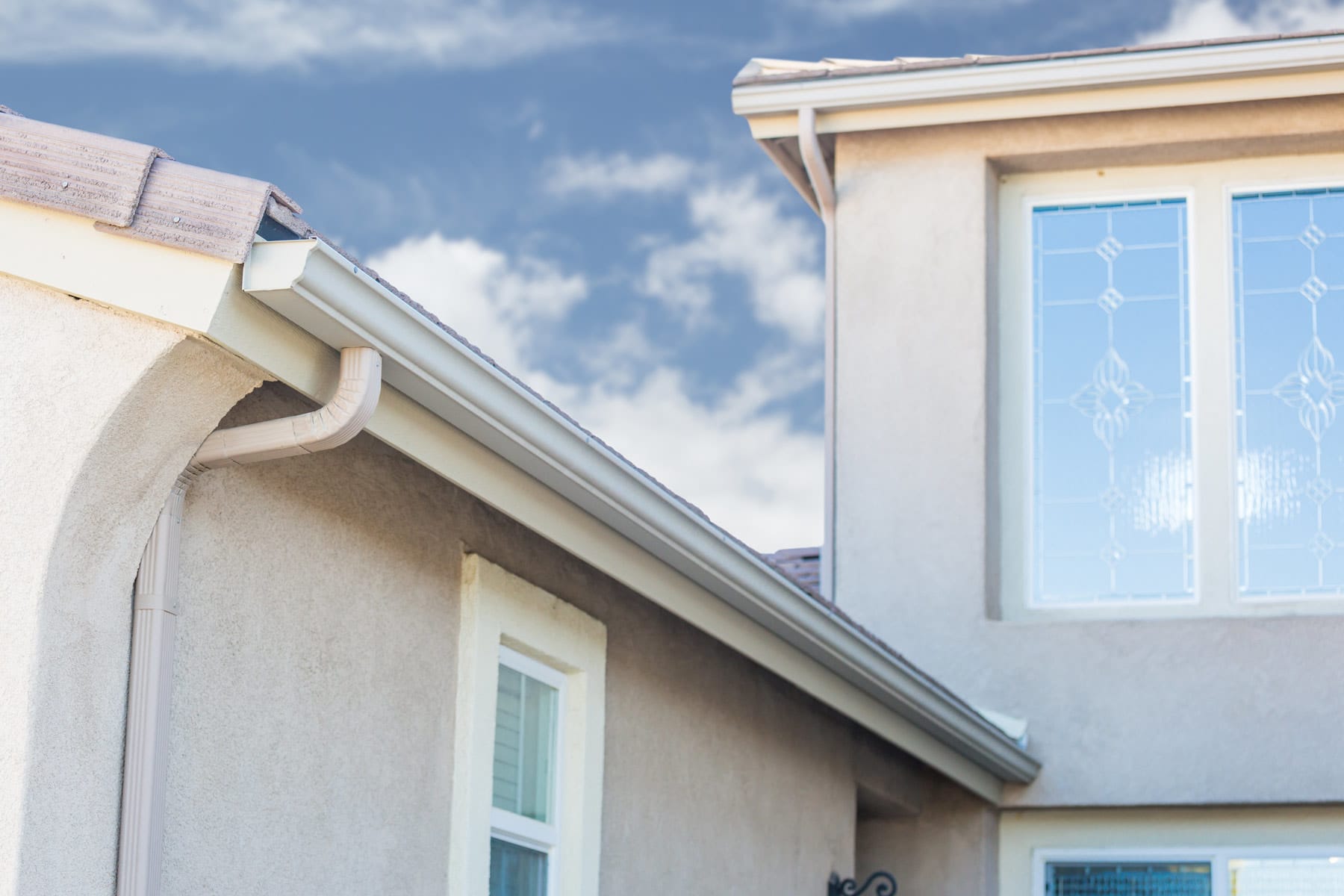

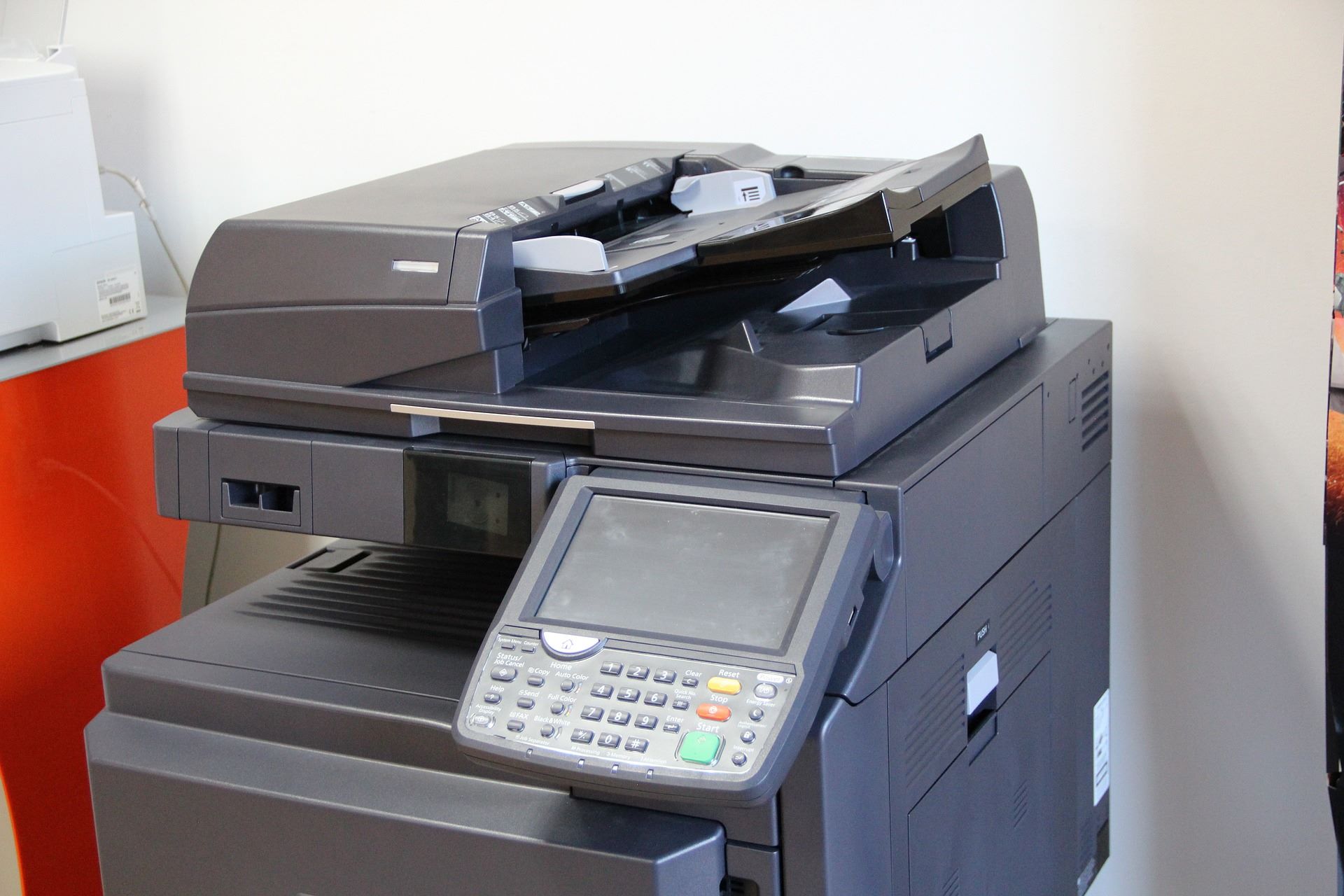


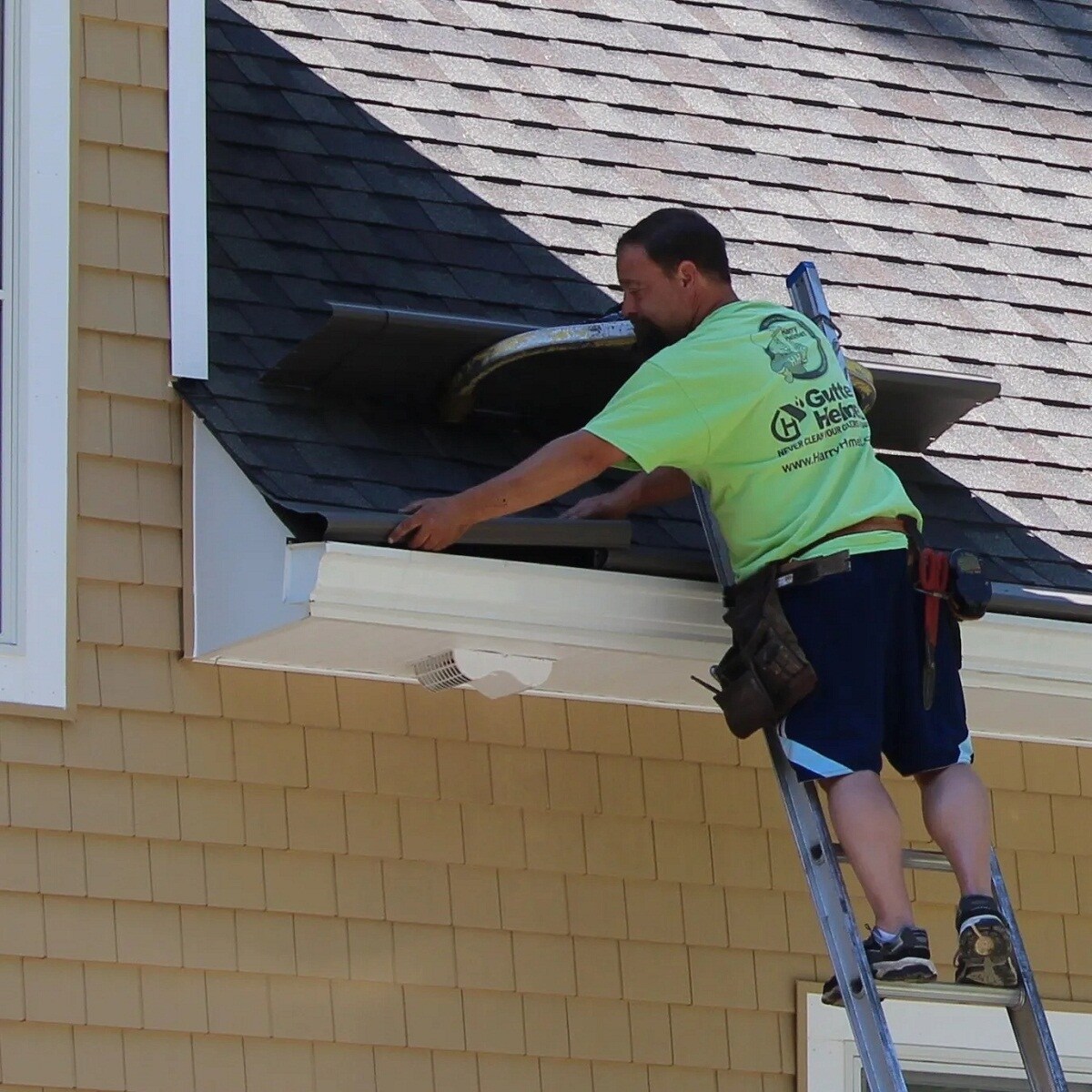


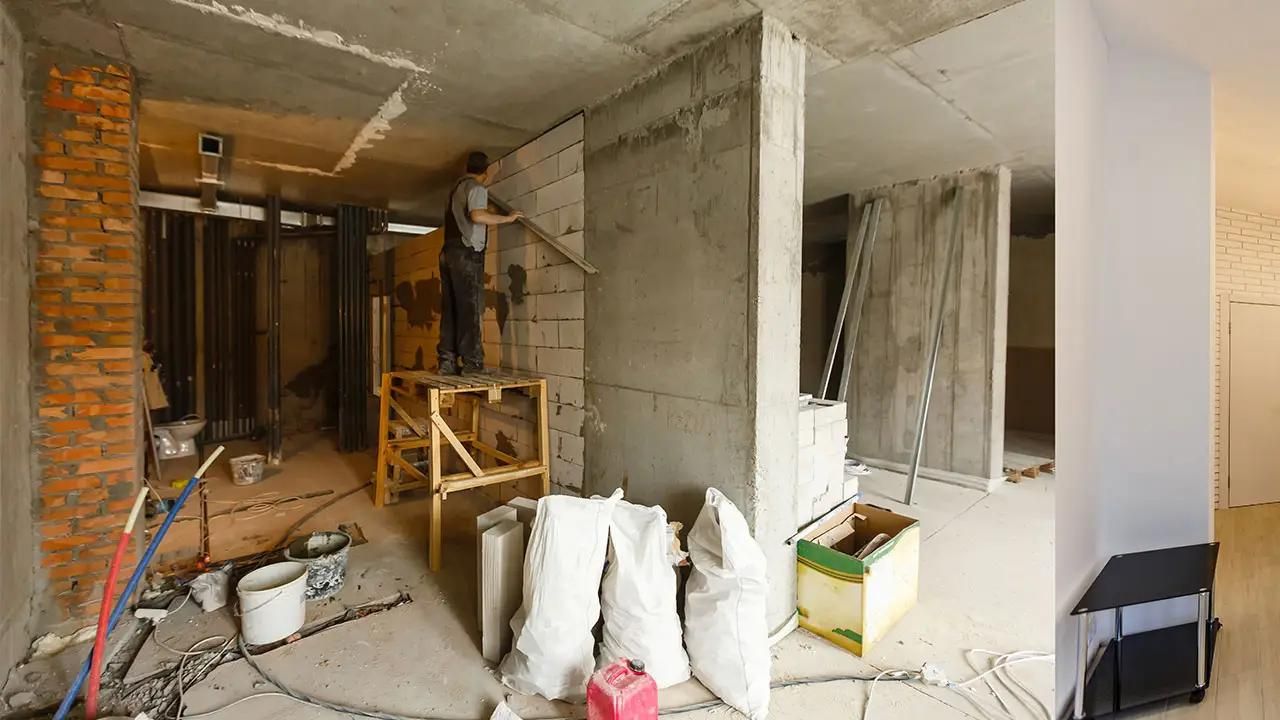


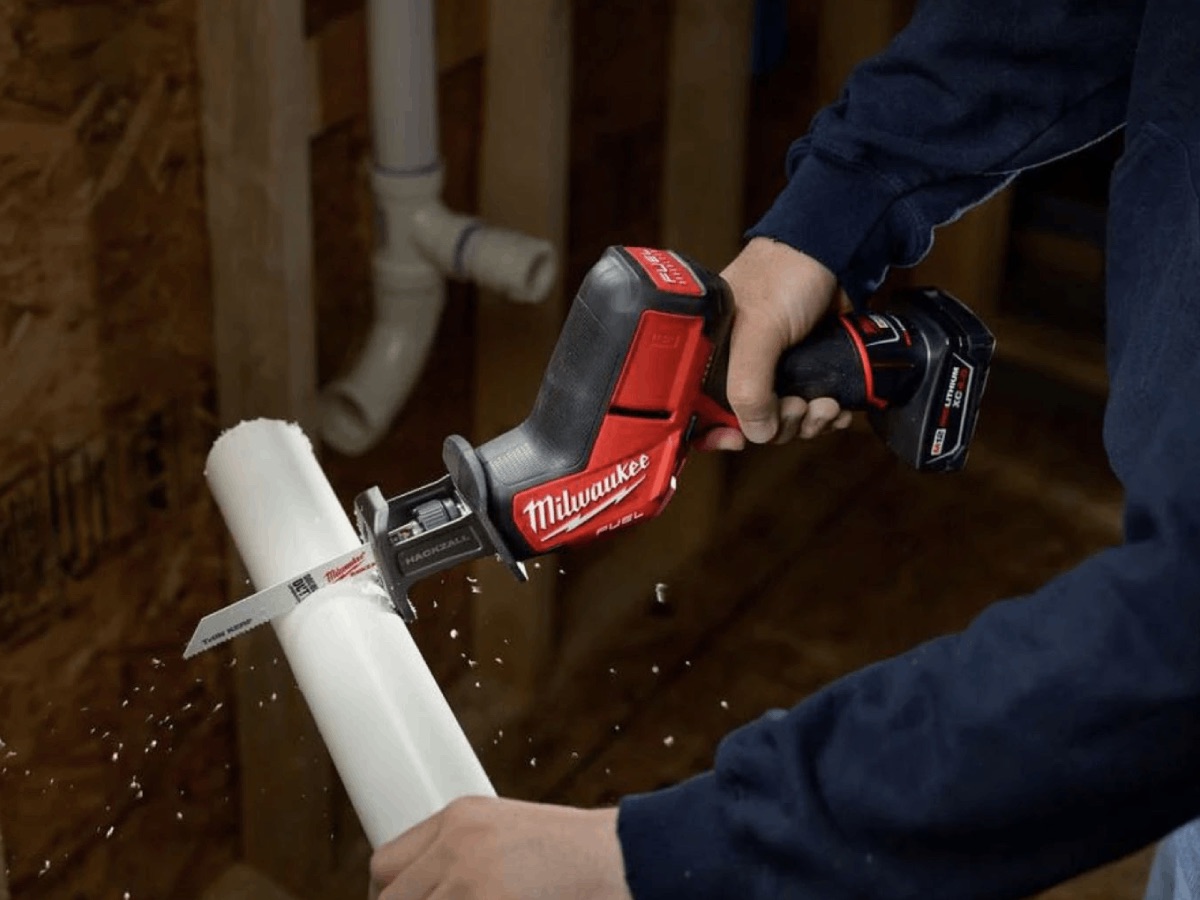
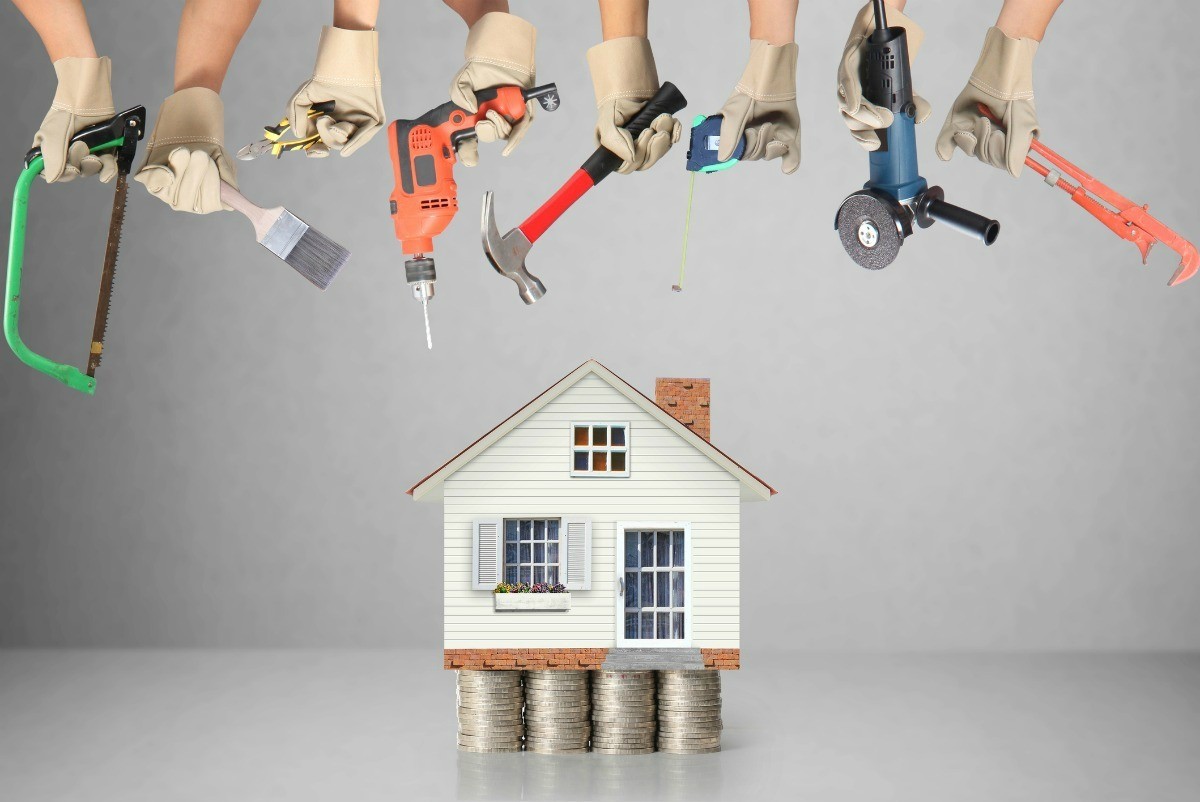

0 thoughts on “How To Get A New Roof For Free”